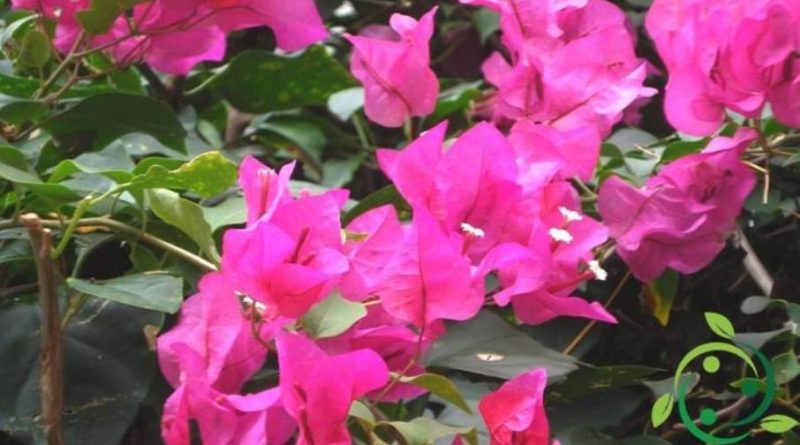How to grow the Bougainvillea
How to grow the Bougainvillea
The Bougainvillea is a shrub plant, of the Nyctaginaceae family, native to tropical areas (especially Brazil). It was discovered in 1768 in Brazil by the French botanist Philibert Commerson and was later named in honor of Louis Antoine de Bougainville, the French explorer who was in charge of that expedition.
On these plants, belonging to some species, a remarkable human activity has been carried out for the realization of numerous hybrids and varieties that, in addition to the natural mutations, have led to the presence of numerous varieties that are distinguished by morphological characteristics and for the coloring bracts (which contain real flowers) that varies from white, pink, red, violet and orange.
In this sheet we will see how to grow the Bougainvillea, considering that they are very vigorous plants, which reach considerable heights of about 8-10 meters. They are plants that adapt very well to cultivation next to walls, pergolas but can also be grown in apartments in capacious pots, provided that some precautions are taken. Due to its characteristics, Bougainvillea needs outside temperatures that never fall below 6-7 ° C; lower temperatures may occur but for durations of a few hours. For the planting of this species the most suitable period is spring, at the end of the cold, and the most suitable substrate must be of medium mixture, with a good presence of coarse gravel and a discrete endowment of organic substance.
The Bougainvillea is a plant that needs an exposure in full sun and protected from cold and strong winds that damage the leaves causing a decay of the plant. the plant blooms in the period from May to October.
It is a species that propagates by semi-woody cutting or by air layering. The cuttings must be taken in the summer, starting from twigs with a length of 10-15cm that will be buried for 1/3 in pots. The containers must have a substrate composed of 50% of sand and peat. During the rooting period the cuttings must be kept in a well-lit position, but protected from direct sunlight and in a room with temperatures around 20-22 ° C. After about 3-4 weeks the cuttings will root and at this point you can make a gradual acclimatization by placing them outside in an initially semi-shaded position and gradually becoming more exposed to the sun. For the planting, the next spring will have to wait.
If grown in pot the plants must be repotted every 18-24 months maximum in spring and in pots slightly larger each time. Irrigation for plants in the ground must not necessarily be frequent as the plant with its root system permeates the subsoil well. However, during the summer do not wait to see the plants in distress while for the potted plants the water supplies should be made every 2-3 days in the summer period and then gradually slow down with decreasing temperatures; you adjust yourself considering that you must never reach the superficial part of the cracked and dry substratum.
For fertilizations, it is necessary to regulate with a contribution of organic substance (especially mature manure or compost) in the early spring period for plants in the ground and of liquid fertilizers for indoor plants for potted plants; in this last case the fertilization must be done together with the water with which you will water every 15 days.
The pruning varies according to the type of shape that will be chosen; it ranges from a climbing hedge shape to a lower hedge to a sapling. For the health of the plant and its vegetative vigor it will be necessary to eliminate the dry and sick twigs and to air the inside of the plant in the winter period. The pruning of potted plants should be carried out in the spring, pruning the secondary jets if they are too enlarged and the main ramifications.
Among the main adversities of the Bougainvillea we remember above all Aphids and Cocciniglie, against which operate from the beginning of the spring and in the hours of dusk with spraying with Marseilles soap.

